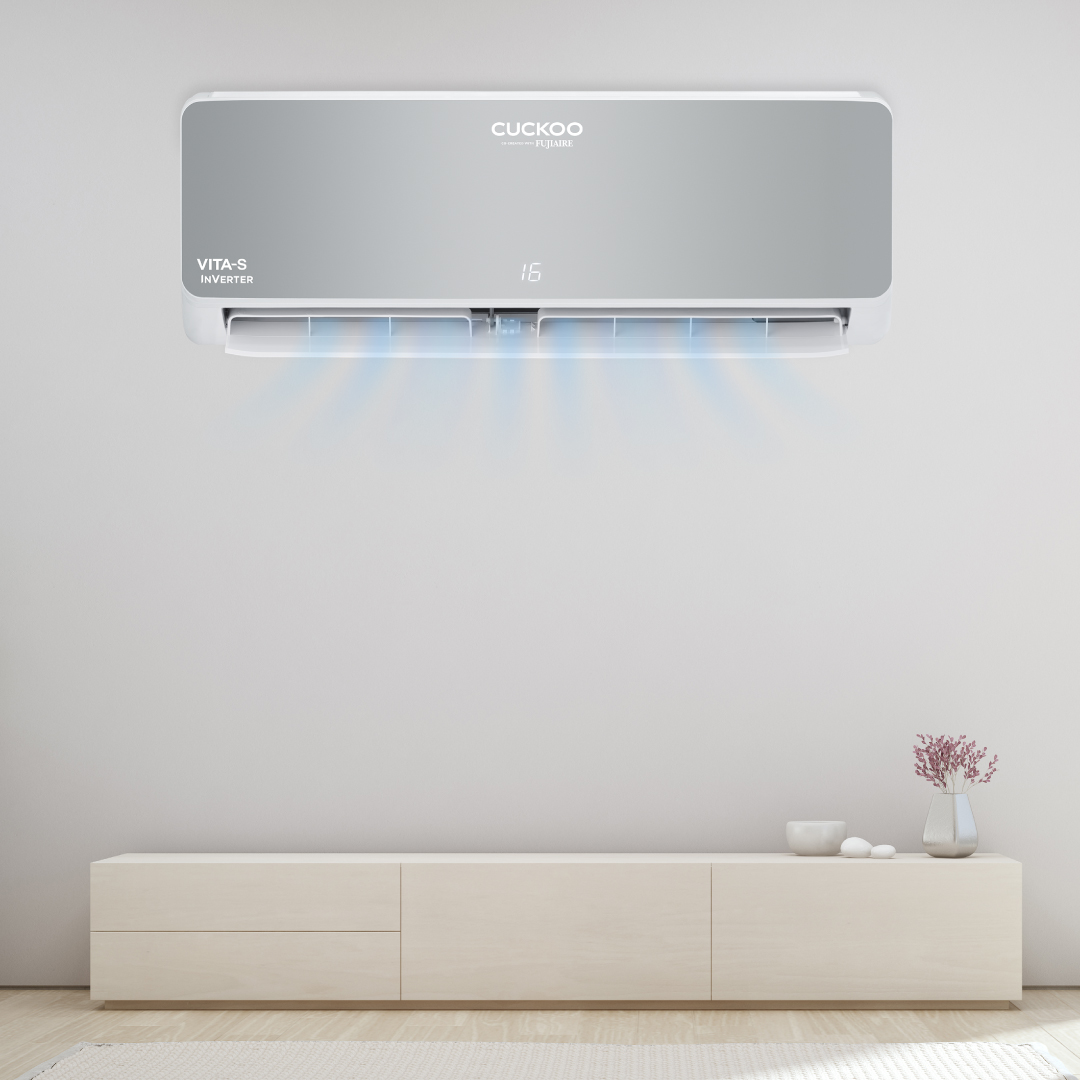WAYS TO STERILISE WATER
Water is essential for life, and access to safe and clean drinking water is crucial to maintaining good health. However, not all sources of water are safe for consumption. Knowing how to sterilise water is important because water may contain harmful microorganisms, chemicals, and other contaminants that can cause serious health problems. Therefore, it’s important to sterilise water to make it safe for drinking. Sterilising water involves removing or killing harmful microorganisms, chemicals, and other contaminants.
There are several ways to sterilise water, and three of the most common methods are boiling, distillation, and water filtration.


BOILING
Boiling is one of the simplest and most traditional methods of sterilising water. This method involves bringing water to a rolling boil for 3 to 5 minutes, which effectively kills harmful bacteria, viruses, and other pathogens that may be present in the water. It is arguably the most reliable way to make water safe for drinking, especially in emergency situations when access to other water treatment methods may not be available.
In addition to being a highly effective way to sterilise water, boiling is also a cost-effective method that can be conducted easily by all families. All that is needed is a heat source, such as a stove or fire, and a pot to hold the water. This makes boiling a popular sterilisation method for those who may not have access to other water purification methods.
However, it’s important to note that boiling is not a sterlisation method that filters impurities from the water. While the process will kill bacteria and viruses, it will not remove contaminants such as heavy metals, chemicals, or sediment. As a result, boiling should not be relied on as the sole method of water purification in situations where water quality may be compromised.



DISTILLATION
Distillation is one of the most effective ways of sterilising water, and it works by boiling and collecting pure water vapour in the form of steam. The scientific principle behind this method is that water has a lower boiling point than other contaminants and disease-causing elements found in water. When heated to its boiling point, water evaporates, leaving behind the impurities that have a higher boiling point. The vapour is then directed into a condenser where it cools and reverts into liquid water that is clean and safe for drinking. This method is particularly effective in removing bacteria, germs, salts, and heavy metals such as lead, mercury, and arsenic. It is ideal for people who have access to raw, untreated water.
Distillation is a slow process, similar to the boiling method, but it uses a cheap source of heat energy. Although it is slower, it is very effective in sterilising water, making it ideal for use in areas with limited access to safe water sources. However, it is worth noting that the process of distillation does not filter impurities, so it is essential to ensure that the water source is free from any large particles and sediments before distillation.



WATER FILTRATION
Filtration is a widely used method for sterilising water, especially for households and individuals who have access to treated water. This process involves passing water through a porous material, such as activated carbon or ceramic, to remove impurities and particles from the water. The 6-Stage Filtration System in CUCKOO Water Purifiers is a good example of a multimedia filter that is effective in eliminating heavy metals, odours, bacteria, and germs.
Filtration is a cost-effective and energy-efficient way of purifying water compared to other methods such as distillation and reverse osmosis. It is also readily available in different designs, sizes, and features, making it easy for people to find a suitable filter based on their budget and needs. For instance, the CUCKOO KING TOP is a basic water purifier with a large tank capacity that is suitable for family and office usage.
In addition to removing impurities from water, filtration can also help to retain minerals that are essential for maintaining a healthy pH balance in the body. Minerals such as calcium, magnesium, and potassium are important elements found in mild alkaline water, which promotes good health and well-being. Read more about the benefits of drinking purified water here.


Choosing the right water purification method can have a significant impact on the health and well-being of you and your family. Therefore, it is essential to educate yourself on the different ways to sterilise water and choose a method that fits your budget, lifestyle, and needs. The water purifier is one of the most basic and effective kitchen appliances for ensuring safe drinking water and promoting the health of your family members. Be sure to do your research and choose a reliable brand like CUCKOO. Not sure where to start? Read about How to Choose Water Purifiers for Your Home. Whether you are starting from scratch or have an idea in mind, CUCKOO Water Purifiers come in different designs, sizes, and features to meet your needs.




















